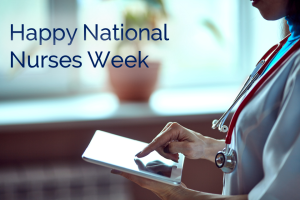I am the youngest of my three siblings; I have a sister and two brothers. My husband, Tom, grew up the middle child with an older brother and a younger sister. All of our parents were deceased by the time we  were in our mid-30’s and raising our own children.
were in our mid-30’s and raising our own children.
My husband’s brother, Ted, died last November. Tom and Ted had an up and down relationship over the years but had come to a good place together last year. They got together for dinner on Wednesdays and had become good friends.
Yesterday, Tom and I drove 350 plus miles to a small community, Blooming Grove, near Williamsport, Pennsylvania to bury Ted’s ashes. Tom’s sister flew in from Arizona and several of their cousins who live in New England joined us. Why Blooming Grove? This is where seven generations of Schade’s are buried. It is a small community of Dunkard Baptists who first immigrated from Germany in the early 1800’s. A place in the Schade family history I’d only heard stories about until this trip.
Several of those generations are on our family photo wall. It is a work in process. Tom continues to add pictures from both of our families as we go through old boxes of photos. Our oldest granddaughter is five. She loves the movie Coco and understands it is about honoring and remembering your ancestors. When she visits, we often review the family photo wall and explain who everyone is. Continue reading









